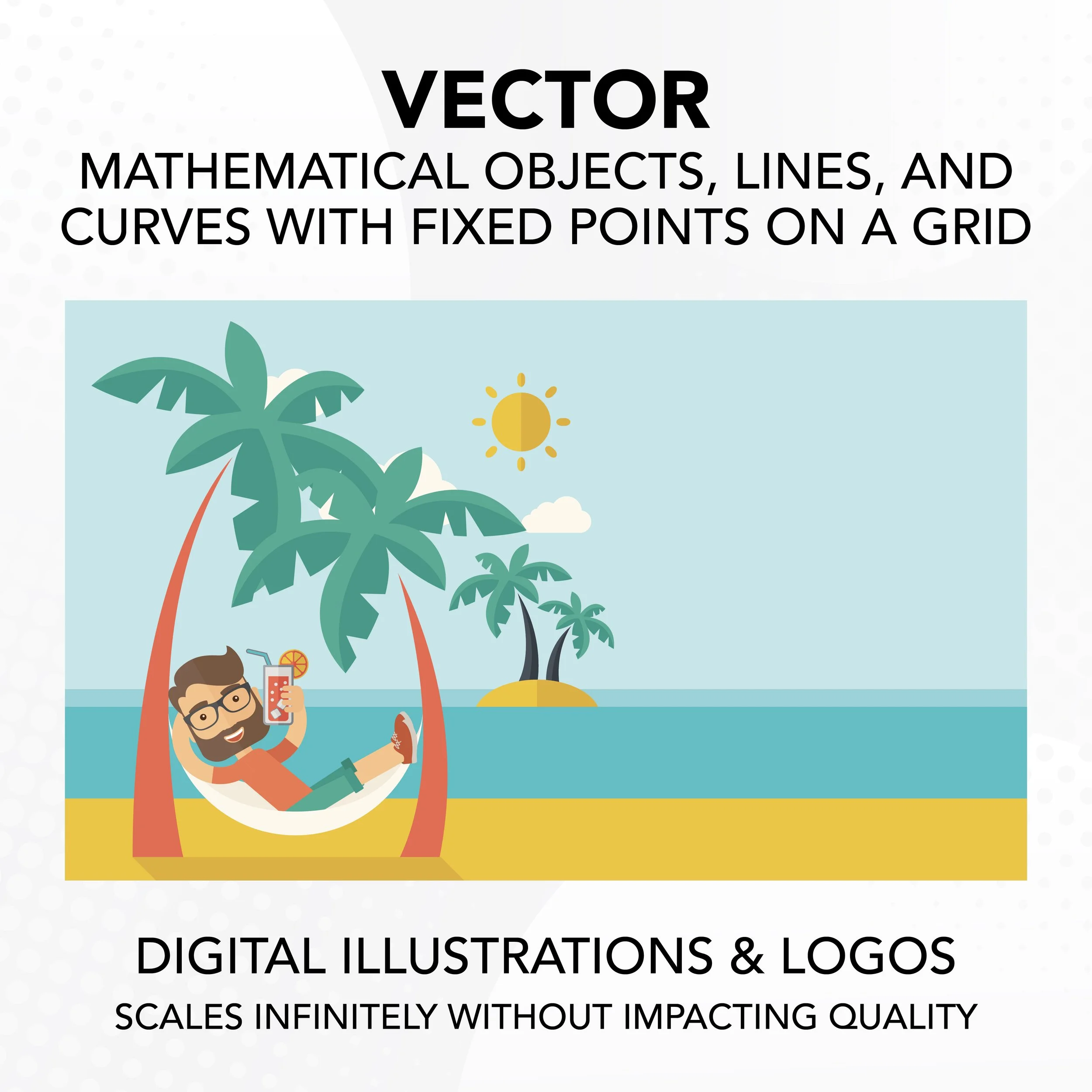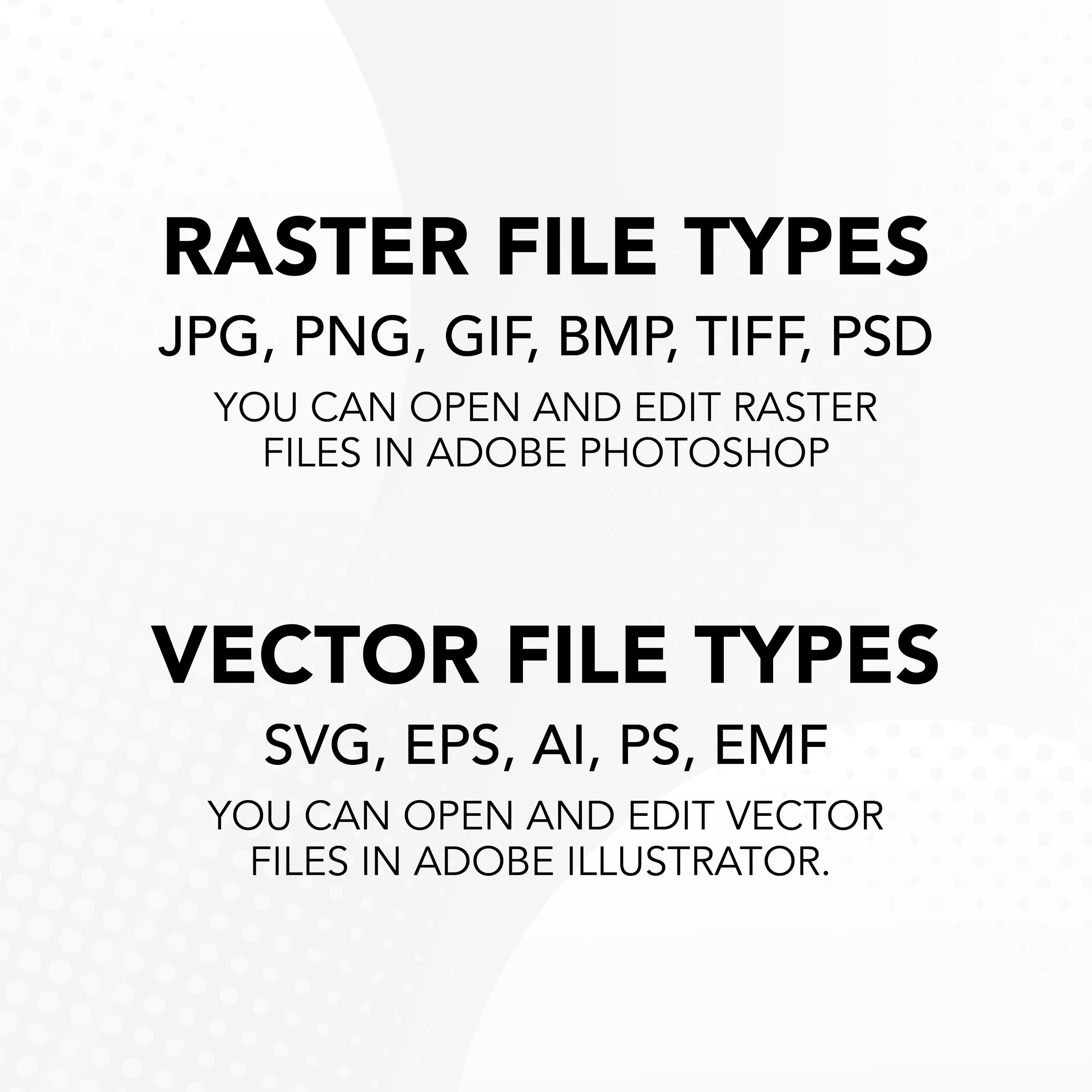Raster vs. Vector Graphics
Meet Raster and Vector, and no, they aren’t a set of hipster twins. To be honest, they aren’t even comparable to twins at all. They’re more like that set of siblings who are complete opposites of one another. Confused by what I mean? Don’t worry, the experts here at SUN are ready to delve into the details of raster and vector graphics and their importance in design and print media.
What are Raster Graphics?
Raster graphics are images built up from pixels. Photographs are the most common example of raster graphics. The quality of these graphics is directly dependent on their image resolution. High quality images have a minimum resolution of 300ppi (pixels per inch). Unfortunately, raster images cannot be scaled without impacting quality. Scaling them up in size reduces the amount pixels per inch, which causes the graphic to look fuzzy or pixelated.
What this means for design and print: Designers must be vigilant when selecting and scaling raster graphics for print work. Image resolution should be inspected to make sure it meets quality standards. When raster graphics are prepared for printing, ppi gets translated into dpi (dots per inch). A raster graphic needs to be at least 300dpi for good print quality.
What are Vector Graphics?
Vector graphics are made of mathematical objects, lines, and curves with fixed points on a grid. Common examples of vector graphics include digital illustrations and logos. Unlike raster graphics, vector images can be scaled up or down infinitely without impacting quality. No matter the size, these types of graphics will always appear nice and crisp.
What this means for design and print: Vector graphics are easy to work with and always produce great-looking print results. Designers don’t need to worry about quality issues when selecting and scaling vector artwork for their print piece. Although, be wary, just because an image looks like it was made with vector artwork, it may have been converted to a raster graphic at some point. Refer to the file extension to make sure the graphic is truly vector.
How to tell if an image is raster or vector
Raster Graphics:
File types include JPG, PNG, GIF, BMP, TIFF, and PSD.
Raster files can be opened and edited in Adobe Photoshop.
Vector Graphics:
File types include SVG, EPS, AI, PS, and EMF.
Vector files can be opened and edited in Adobe Illustrator.
Understanding the fundamental differences between raster and vector graphics is essential for designers and anyone working with print media. By being able to distinguish between raster and vector files based on their file extensions and compatible software, professionals can make informed choices and ensure the best results for their creative endeavors. So whether you're dealing with the pixel-packed world of raster or the infinitely scalable realm of vectors, both have their place in the design world, and knowing how to utilize them effectively can make all the difference in producing captivating visual experiences.



